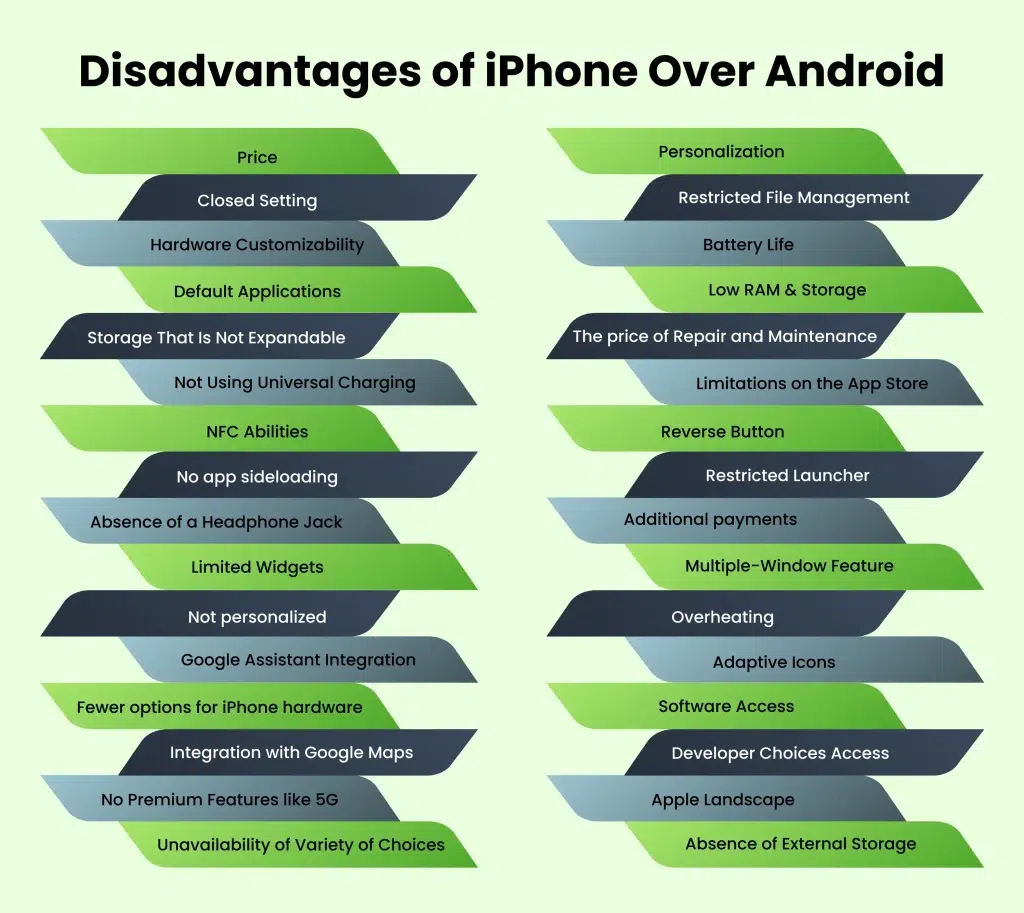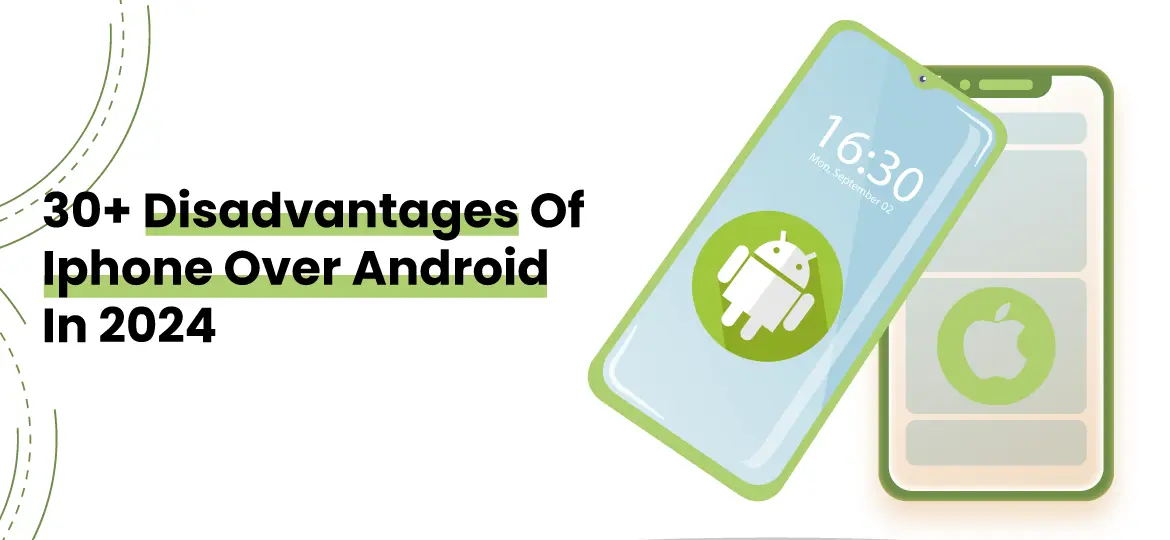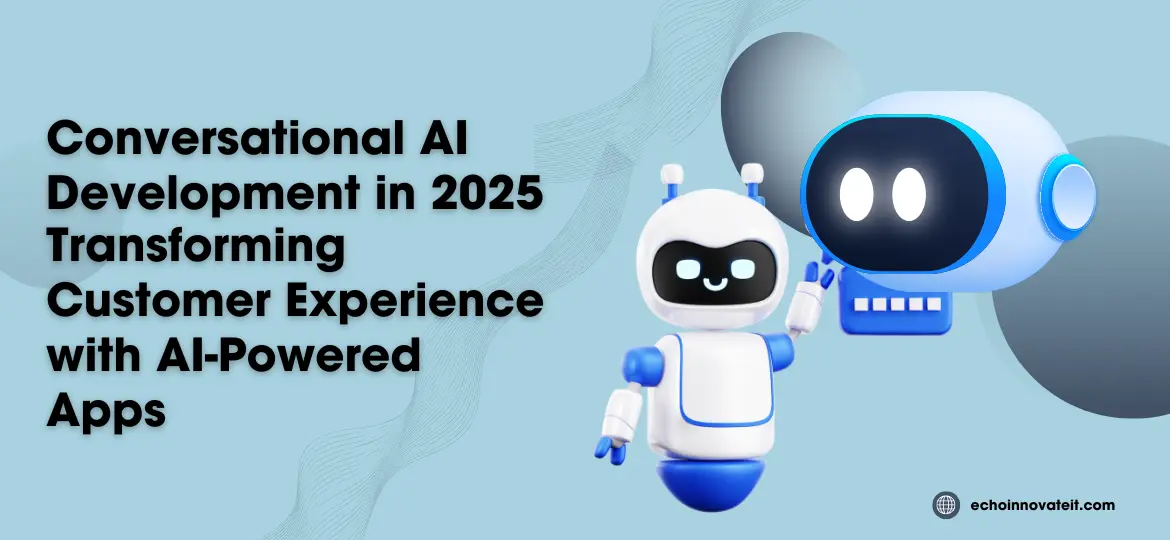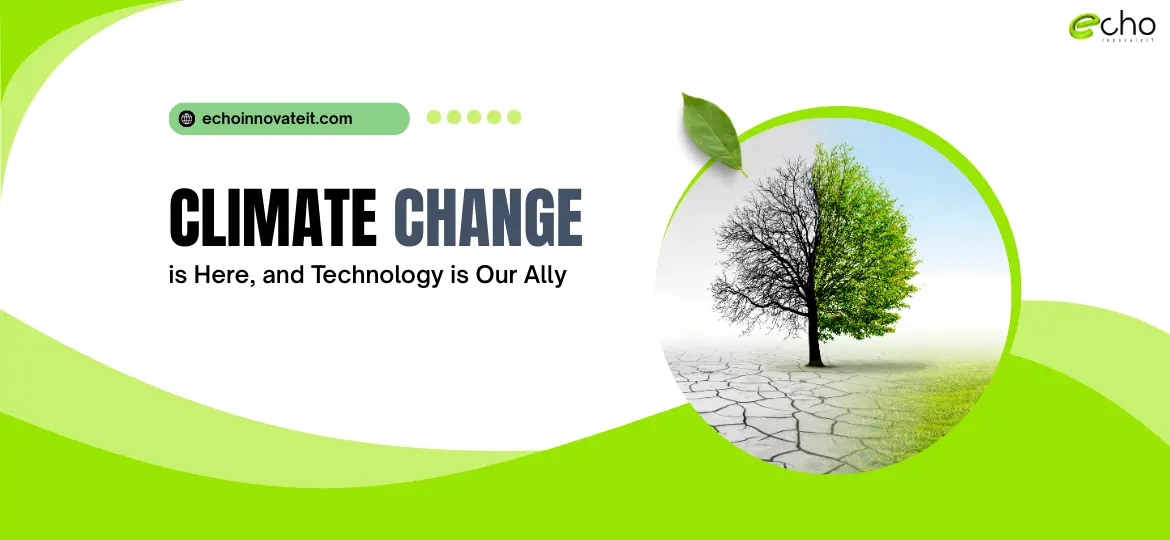iPhone vs. Android: Is it Time to Switch?
When it comes to the ever-evolving smartphone debate—Apple vs Android, or more specifically, Android vs iPhone—opinions are deeply divided. Many users argue that Apple is better than Android, especially because iPhones, running on Apple’s iOS operating system, offer an incredibly intuitive design. The seamless integration with other Apple products like the Apple Watch and iPad makes the overall experience smoother, reinforcing why many believe why iPhone is better than Android.
However, the disadvantages of iOS are often highlighted by those who prefer customization and freedom. The Android system on iPhone isn’t possible, but Android users enjoy more control over their devices.
Despite iPhone’s premium image, there are plenty of iPhone alternatives in the market today, including brands like Samsung, OnePlus, and Google Pixel. In the Android vs Samsung vs iPhone debate, Samsung often leads as the strongest iPhone competitor, especially in the which mobile has best camera category, where flagship Galaxy devices often rival or surpass iPhones.
Still, when comparing iPhone users vs Android users, iPhone owners tend to be more brand loyal and engage longer with premium apps. This may be a reason why Apple vs Android market share shows Apple dominating in the high-end segment, even if Android controls a larger global share. While the advantages of iOS include regular updates, better app quality, and tighter security, the pros and cons of iPhone are clear: great performance and user-friendliness come at a higher cost and with limited customization. The iPhone vs Android debate is the real battle of the titans in the mobile operating system market, especially when it comes to mobile apps and hardware capabilities. So, which is the true champ in the mobile OS market?
When choosing a smartphone, the debate between Android and iPhone often comes up. Both platforms have their unique advantages and disadvantages. To make an informed decision, let’s explore the differences between Android and iPhone, their pros and cons, and how they cater to different user needs.
With an estimated 2.31 billion iPhones sold globally since 2007, Apple boasts a formidable 21.68% market share in the smartphone realm. Renowned for its sleek design, intuitive interface, and consistent software updates, Apple has cultivated a loyal following. However, the question remains: Is the iPhone truly superior to its Android counterpart?
While Apple’s premium brand image is undeniable, Android devices have rapidly evolved, offering a compelling alternative. From cutting-edge AI capabilities to high-refresh-rate displays and advanced camera systems, Android phones often pack a punch at more affordable price points.
If you’re contemplating a smartphone purchase or considering switching from iPhone to Android, you’ve come to the right place. We’ll delve into the key differences between these two operating systems, helping you make an informed decision.
Android vs. iPhone: Which One is Better for You in 2025?
When it’s time to upgrade your smartphone, one big question comes up: Should you choose an Android or an iPhone?
Is Apple better than Android? Or does Android offer more for your money? Let’s break down the key differences to help you make the best choice.
Whether you want to find your iPhone from an Android device for free, transfer contacts from Android to iPhone, or understand the mobile app development cost for iOS or Android, this guide will cover it all.
Apple vs. Android: Key Differences
1. Ease of Use: Is iPhone Better Than Android?
Apple’s iPhone runs on iOS, which is known for being simple and user-friendly. The iOS setup assistant makes it easy to move data from Android to iPhone, even after setup.
iPhone’s interface is intuitive and connects smoothly with other Apple devices like the iPad and Apple Watch.
Android phones can offer more customization, but sometimes the options can overwhelm users.
If you prefer a phone that just works out of the box, many experts recommend the iPhone.
2. Cost: Is Android Cheaper?
When comparing mobile app development cost and phone prices, Android generally wins for affordability.
Apple iPhone 16 price: Starts at $799
Samsung Galaxy S24 price: Starts at $799.99
Google Pixel 9 price: Starts at $799
But here’s the difference:
Low-end Android phones, like the Samsung Galaxy A15 5G or Motorola Moto G 5G, start around $199.99.
iPhone SE starts at $429, making it one of the most affordable iPhones.
Tip: If you’re looking to save money, Android gives you more choices across many brands.
3. Performance and Battery: iPhone vs. Android
- Some users report iPhone charging slowly or taking forever to charge.
- Best Android smartphones offer faster charging and memory expansion through a micro SD to phone option.
- Android phones also offer storage card phone slots for more internal storage.
- When it comes to battery life and speed, premium models from both platforms perform well, but Android provides more hardware flexibility.
4. Data Transfer: Moving from Android to iPhone or Vice Versa
Wondering how to transfer contacts from Android to iPhone?
It’s easier than ever:
Use Apple’s Move to iOS app to migrate contacts and data.
Transfer apps from Android or send files and videos from Android to iPhone using cloud storage or Bluetooth.
Similarly, if you need to move data from iPhone to Android, tools like Google Drive make it simple.
5. Market Share: Android vs. iPhone in the USA
In 2025, Android vs. iPhone market share continues to be competitive.
Apple vs. Android market share shows that iPhone dominates the USA, but Android holds a larger global share.
Studies show Android users vs. iPhone users have different app preferences, especially for the best Android smartphone apps and the best phone app for Android.
6. App Development: Android vs. iOS
- If you’re considering mobile app development:
- iOS app development can be more expensive due to Apple’s strict guidelines.
- How much does it cost to make an app? On average:
- iOS app making cost ranges from $20,000 to $150,000 depending on complexity.
- Android app development cost is similar but can vary based on device compatibility.
At Echo Innovate IT, a leading USA-based company, you can get custom mobile app development, app programming for iOS, build iOS applications, and even cross-platform app development at competitive prices.
7. Other Features to Consider
Screen size of iPhone: iPhone 16 Pro Max offers a 6.9-inch display.
iPhone weight: Apple focuses on lightweight designs, but Android foldables like the Galaxy Z Fold6 offer larger displays.
Memory chip for phone: Android phones often support memory expansion, while iPhones do not.
Difference between iOS and Android
| Feature | iOS | Android |
|---|---|---|
| Developer & Owner | Apple Inc. | Google & Open Handset Alliance (Owned by Google LLC) |
| Initial Release | July 29, 2007 | September 23, 2008 |
| First Version Name | iPhone OS 1 | Android 1.0 (Alpha) |
| Launch Year | 2007 | 2008 |
| Latest Stable Version | iOS 15.3.1 | Android 14 |
| Target System Types | Smartphones, Music Players, Tablets | Smartphones, Tablets |
| Designed For | Apple iPhones & iPads | All Smartphones |
| Kernel Type | Hybrid | Linux-based |
| Preferred License | Proprietary, APSL, GNU GPL | Apache 2.0, GNU GPLv2 |
| Programming Languages | C, C++, Objective-C, Assembly, Swift | C, C++, Java, Others |
| Update Management | Software Update | Systems Software Update |
| App Development Languages | Swift | Java, Kotlin |
| Source Model | Commercial with Open Source Components | Open Source |
| Default Browser | Safari | Google Chrome (can install others) |
| Voice Assistant | Siri | Google Assistant |
| Block Third-Party App Stores | Yes | No |
| Available Languages | 40 | 100+ |
| Customizability | Limited (unless jailbroken) | High |
| File Transfer | More Difficult | Easier |
| Headphone Jack | None on iPhone 7 and later | Varies by device |
Disadvantages of iPhone Over Android

The battle between Android vs iPhone is far from over. In 2025, with evolving technology and user expectations, the Apple vs Android debate intensifies. While Apple is better than Android in some aspects—like ecosystem integration and security—there are still several reasons why Android may be the better choice for many.
At EchoInnovate IT, we help users and businesses choose the right platform, and we’ve laid out the pros and cons of iPhone to help you make an informed decision.
Which Mobile Has the Best Camera in 2025?
In the race for which mobile has best camera, iPhones remain top-tier, but Samsung’s and Google’s flagship models have caught up or even surpassed Apple in low-light, zoom, and AI photo processing capabilities.
💡 Advantages of iOS (To Keep in Mind)
Despite its downsides, iOS does have strengths:
Regular security updates
Seamless integration with Apple ecosystem
Premium app quality
Strong privacy settings
Yet these come at a cost: restricted freedom and a closed ecosystem. These are the disadvantages of iOS users must consider before investing.
One major disadvantage of the iPhone over Android is its high price. iPhone cons include its steep costs,When considering iPhone or Samsung, this price gap can be a major drawback, particularly for budget-conscious buyers. In the ongoing Galaxy vs iPhone debate, affordability is a key factor, emphasizing one of the biggest drawbacks of iPhone—the availability of more budget-friendly Android phones that still deliver essential features.
Beyond just cost, the disadvantages of iPhone extend to areas like Apple’s worst iOS feature, limited customization options, and restricted app choices compared to Android. While the Samsung versus iPhone discussion often comes down to personal preference, many users favor the flexibility and variety found when they compare iPhone to Samsung. Some consumers even ask, “Should I switch from Android to iPhone?”, weighing factors like app accessibility and usability. Ultimately, the best choice depends on individual needs and priorities, making it crucial to assess the cons of an iPhone carefully before making a decision.
Advantage of Android over iphone
Android: The open-source operating system that has captured the hearts of millions worldwide. While both Android and iOS offer exceptional smartphone experiences, Android undeniably boasts several advantages that make it a compelling choice for many users.
Customization: Unleash Your Inner Designer
- Personal Touch: Android empowers you to transform your phone into a unique reflection of your style. From themes and icons to launchers and widgets, the possibilities are endless.
- Flexibility: Want to change the way your notifications look? No problem. Desire a completely different home screen layout? Easy peasy. Android gives you the freedom to customize every aspect of your device.
Diverse Device Options: A Phone for Everyone
- Budget-Friendly: Android offers a vast array of smartphones to suit every budget. Whether you’re looking for a flagship device packed with cutting-edge features or a reliable phone for everyday tasks, there’s an Android phone for you.
- Variety of Features: From rugged phones built for outdoor adventures to gaming-centric devices with powerful processors, Android caters to a wide range of user preferences and needs.
Open Ecosystem: Freedom to Explore
- App Choices: Android’s open app ecosystem means you have access to a wider selection of apps and games compared to iOS. From niche productivity tools to unique entertainment options, you’ll find something to suit your every need.
- File Management: Android offers greater flexibility when it comes to managing your files. Easily transfer data between your phone and computer, and explore the file system with ease.
Cost-Effective: More Bang for Your Buck
- Affordable Options: Android phones generally come with lower price tags than their iOS counterparts, making them a more budget-friendly choice.
- Repair and Replacement: Repairing or replacing an Android phone is often more affordable than doing the same for an iPhone.
Disadvantages of iPhones Compared to Android
While iPhones have their advantages, there are several disadvantages of iPhones over Android that potential buyers should consider.
Cost: iPhones are generally more expensive than many Android smartphones, making them less accessible for budget-conscious consumers.
Customization: Unlike Android devices, iPhones offer fewer customization options, limiting users who prefer to tailor their phones to their personal preferences.
App Store Restrictions: The Apple App Store has stricter guidelines and restrictions than the Google Play Store, which can limit the availability of certain apps.
Dependency on iTunes: iPhones require the use of iTunes for media management and backups, which can be cumbersome compared to the more flexible file transfer options available on Android.
Closed NFC Access: iPhones have limited NFC capabilities, restricting the use of certain features that are more open on Android devices.
Less Intuitive Sharing: Sharing files and data is often less intuitive on iPhones compared to Android devices, where options like Android Beam or file sharing apps are more prevalent.
Open-Source OS: Android allows users to install open-source operating systems, offering greater flexibility, while iPhones do not support this.
Spyware and Child Monitoring Software: You can easily install spyware and child monitoring software on Android devices, which is not an option for iPhones due to their closed ecosystem.
Hardware Options: Unlike iPhones, which come from a single manufacturer (Apple), Android is available across a wide range of brands such as Samsung, Google, Motorola, LG, and ASUS, providing more hardware options.
App Development: Developers creating apps for Android use languages like Java, C, C++, and Kotlin, while iOS developers primarily use Objective-C or Swift.
Developer Pay: Generally, iOS developers command slightly higher salaries than their Android counterparts, which could reflect the market’s preference for iPhone apps.
When considering the advantages of iPhone over Android, it’s essential to weigh these disadvantages to determine which phone is best: iPhone or Android. Understanding the iPhone problems in contrast to Android’s flexibility can help consumers make informed choices in the ongoing iPhone vs Android debate.
Personalization
The iPhone vs Android debate is the real battle of the titans in the mobile operating system market, especially when it comes to mobile apps and hardware capabilities. So, which is the true champ in the mobile OS market?
We have some insight into that question. We test a lot of smartphones, including iPhones dari iBox, iPhone ex inter, and various Android devices like the Google Pixel and Samsung Galaxy models. This allows us to evaluate where different mobile apps, cameras, and features shine—or falter. From 200-photo face-offs to app performance testing, battery life comparisons, and evaluating the overall app development ecosystem, we analyze it all.
As a result, we’ve gathered comprehensive data to compare iPhone or Samsung and other Android phones. Given the wide variety of Android devices, our focus remains on the best flagship options, such as the Samsung phone versus iPhone showdown or the Apple vs Samsung comparison chart. We also highlight the iPhone downsides, such as cons of an iPhone, and discuss what are some common cons of having an iPhone, particularly when comparing the Apple ecosystem to its competitors. Whether you’re looking into an Apple Watch, wondering is Samsung better than Apple, or debating iPhone v Samsung, we break down the key differences in this ever-evolving competition.
Closed Setting
There are advantages and disadvantages to the Apple environment’s strong integration. Users may find it challenging to share data with non-iOS users or easily switch between Apple and non-Apple devices.
Restricted File Management
iPhones’ restricted file management features make accessing and handling files and documents more difficult than Android, which facilitates file transfers and organizing.
Hardware Customizability
Android phones come in various sizes, styles, and designs to accommodate a wide range of tastes. In contrast, the more uniform design of iPhones limits your choices for the smartphone’s appearance. This becomes another disadvantage of the iPhone over Android.
Battery Life
While Apple’s battery life has increased with time, many Android phones—especially those in the mid-range and low-cost segments—continue offering larger batteries and longer battery lives. Low battery life is also a highlighted disadvantage of iPhone over Android.
Also Read:
Default Applications
It may irritate users who would instead use third-party apps instead of Apple’s default ones, which are pre-installed on iPhones and cannot be changed or deleted. This stringent feature in iPhones has also become one of the significant disadvantages of the iPhone over Android.
Low RAM & Storage
iPhones often have less RAM and storage capacity than high-end Android handsets. This could prevent users from multitasking and storing large amounts of data if they require a lot of storage or perform resource-intensive processes.
Storage That Is Not Expandable
Customers who find that their iPhones don’t offer expandable storage options via Micro SD cards may be satisfied if they need additional storage but want to pay less for higher-capacity models.
The price of Repair and Maintenance
iPhone repairs can be expensive, especially if the device is no longer under warranty. Repairs for many Android phones are often more affordable because there are so many third-party repair companies and parts accessible.
Also Read:
Not Using Universal Charging
While specific iPhone models have switched to USB-C, earlier smartphone versions used proprietary connectors like Lightning, incompatible with many other devices and accessories.
Limitations on the App Store
One of the disadvantages of iPhone over Android is limited or restricted app store availability. You can only install apps from Apple’s App Store on an iPhone. You cannot use an app if Apple refuses to approve or remove it from the app store. With this, some applications are restricted and cannot be downloaded.
NFC Abilities
More sophisticated NFC features for activities like file sharing and mobile payments are frequently found on Android smartphones. In addition, Apple cell phones lack sophisticated file-sharing and mobile payment features compared to Android smartphones.
Absence of a Headphone Jack
If you have ever used an iPhone, I’m sure you have occasionally gone to plug in headphones only to find that your headphone dongle is someplace you should have remembered. This is annoying because the iPhone has no headphone jack, so you can’t use regular headphones. Therefore, one of the main drawbacks of the iPhone is the lack of a headphone jack.
Also Read:
Overheating
The overheating of iPhones is one of the most prevalent issues. An iPhone may sometimes feel a bit warmer than it should or get so hot on the back that it could burn your palm. In any case, if your iPhone is heated, something is wrong.
Reverse Button
You can switch back and forth between applications by using the physical back button. For example, if you click on a link on Facebook and are taken to the Chrome browser, you can use the back button to return to the social networking platform. However, you can obtain contextual return buttons within programs or a back button that displays when you click a link that leads you from one app to another. This differs from the iPhone situation, as it does not have a back button.
Google Assistant Integration
Apple’s voice assistant is limited to making calls and isn’t as intelligent as Google’s. Alternatively, you can speak to Google Assistant to control smart home devices. Compared to Siri, it is far quicker, wiser, and more intelligent. Installing Alexa on your Android phone allows you to use Amazon’s speech assistant, which is superior to Siri and compatible with various earbuds and headphones.
Limited Widgets
The platform offers very little to look forward to regarding trending designs and upgrades because of its low user interface and design variance. The Home screen keeps looking the same even if consumers purchase an upgraded version with the same icons as the previous edition. Those who prefer the platform’s former appearance and feel must settle for something less intriguing.
Multiple-Window Feature
iPhones lack pop-up windows and multi-window features, unlike Samsung and OnePlus phones. This again serves as a disadvantage of the iPhone over Android.
Restricted Launcher
The platform offers very little to look forward to regarding trending designs and upgrades because of its low user interface and design variance. Even when customers purchase upgraded versions, the home screen has the same appearance and icons. Those who prefer the platform’s former appearance and feel must settle for something less intriguing.
Absence of External Storage
SD cards are not compatible with the iPhone. None of the iPhone models have an SD card slot. You can only change photographs on your iPhone—not other documents or media files—even if you connect an SD card reader to it and put an SD card inside. Due to this, many iPhone users transfer files through card readers and pen drives, which are usually expensive—another disadvantage of iPhones over Android.
Unavailability of Variety of Choices
Variety is what makes Android so great. It offers you more excellent hardware and software freedom as well. When using Android, you can obtain gaming phones, folding phones, and slab phones in various sizes. You must wait to purchase one running iOS before Apple releases a foldable phone.
Also Read:
Integration with Google Maps
Android devices integrate well with Google Maps. Unfortunately, the iPhone does not have Google applications, including Google Maps, one of the best navigation and mapping tools.
Developer Choices Access
Android is the ideal option for those seeking versatility and an extensive selection of phones. And the reason for that is that Google’s Android mobile operating system is available as an open-source download. This indicates that developers, designers, and device manufacturers can use it.
Also Read:
Software Access
Regarding the software aspect, there are various Android skins available for selection. Additionally, nearly all offer superior multitasking performance compared to the iPhone. For example, I can write emails and copy threads simultaneously on Android, but I can’t write a new email in Gmail on my iPhone and copy something from the thread above.
Adaptive Icons
Any Android phone will provide more excellent UI customization options than an iPhone. Even though there is vacant space on the home screen—something that isn’t feasible on iOS—you may add, remove, and arrange icons anywhere. This comes as a disadvantage for iPhone users.
Fewer options for iPhone hardware
Regarding Apple, each generation of the iPhone sees a maximum of four releases each year. That includes the iPhone, iPhone mini, iPhone Pro, and iPhone Pro Max. You will only have to select one of the four options in that year.
Additional payments
The cost of iPhone accessories is high. Everything Apple produces is pricey, including phone cases, lightning cords, pencils, and AirPods—another disadvantage of the iPhone over Android.
Also Read:
Not personalized
All iOS-compatible device code is private and cannot be modified. To make your phone personalized, you must jailbreak it. However, there is a risk to your phone’s privacy if you jailbreak it.
No app sideloading
Installing apps from a location other than authorized to get around certain restrictions is known as sideloading. According to Apple, you cannot accomplish this on an iPhone. Regulators have even criticized and pressured it for this, but Apple has consistently defended the security of its iPhone. Thus, an app not available in the Apple Store cannot be installed.
Conclusion
The choice between iPhone and Android depends on individual preferences. iPhones excel in security, ecosystem integration, and longevity, while Android offers flexibility, affordability, and a wider range of options. Assess your needs and budget to decide which platform aligns with your priorities.
Hire Android And IOS Developers At Echoinnovate IT
At Echoinnovate IT, we develop and design customized Android and IOS Development Apps with a focus on various other services like iOS App development, Android App Development, e-commerce App Development, and Mobile App Development at pocket-friendly prices.
If you have any queries, reach out to us through Echoinnovate IT or contact us to hire our dedicated iOS and Android developers.
FAQs
Can I customize my iPhone like I can with Android?
iPhones have limited customization compared to Android. Android allows more flexibility in changing themes, widgets, and app layouts.
Are there restrictions on app downloads for iPhone users?
Yes, iPhone users must use the Apple App Store, which has stricter guidelines, potentially limiting app choices compared to Android’s more open ecosystem.
Are iPhones more difficult to repair compared to Android phones?
Generally, iPhones can be more challenging to repair due to their closed design and use of proprietary components, while many Android devices offer easier repair options.



